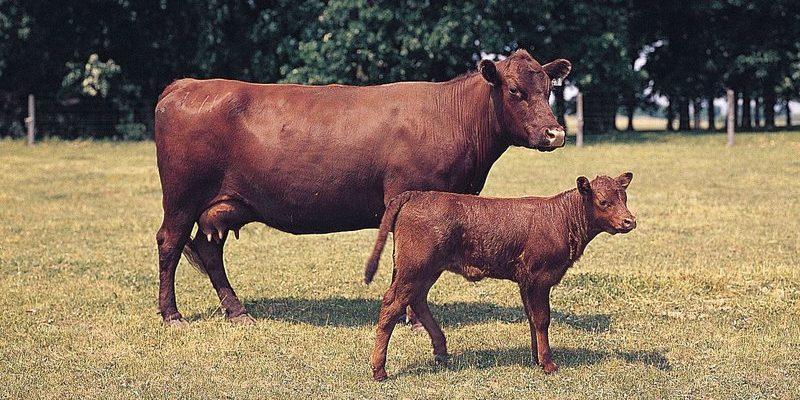
Imagine a bustling underwater city where snappers are the residents raising families and continuing their lineage. These colorful fish have developed fascinating ways to reproduce that not only assure their survival but also contribute to the marine ecosystem. If you’ve ever been curious about how these fish manage to breed in their diverse habitats, you’re in the right place. Let’s dive into the captivating world of snapper reproduction!
Understanding Snapper Species
Snappers belong to the Lutjanidae family, which includes about 100 different species. The most common ones that you might hear about are the red snapper and the lane snapper. Each species has its own unique characteristics, but they all share similar reproductive traits adapted for their environment.
For instance, red snappers are known for their vibrant red color and can grow quite large—sometimes reaching up to 40 inches! In contrast, lane snappers are smaller and have distinct yellow stripes. Their habitat can range from coral reefs to deep ocean floors, which influences their breeding habits. The environment plays a big role in where and how these fish spawn, and understanding their species is key to learning more about their reproduction.
Breeding Season and Spawning Habits
Snappers typically breed during specific seasons that can vary by species and location. The breeding season often peaks in warmer months when water temperatures rise. Here’s the thing: this temperature increase triggers hormonal changes in snappers, prompting them to spawn.
During spawning, female snappers release eggs into the water, and males immediately fertilize them. This event can resemble a chaotic dance as snappers gather in large groups to maximize their chances of successful fertilization. They often return to the same spawning grounds year after year, making these locations critical for their life cycle.
Factors Influencing Spawning
Several factors influence when and where snappers will spawn. These include:
- Water Temperature: As mentioned, warmer waters can initiate spawning.
- Moon Phases: Many fish species utilize lunar cycles, and snappers are no exception. Spawning is often more frequent during full moons.
- Availability of Food: A healthy environment rich in nutrients supports the survival of both adult fish and their offspring.
By recognizing these factors, researchers can better protect snapper populations and their habitats.
Egg Development and Hatching
Once fertilization occurs, the magic begins. Snapper eggs float in the water column and usually hatch within 24 to 36 hours, depending on the species and environmental conditions. It’s like a tiny race against time—the eggs must develop and hatch quickly to avoid being eaten by predators lurking nearby.
The newly-hatched larvae are called “fry,” and they are incredibly small and vulnerable. During this phase, they drift with ocean currents, which helps disperse them over a wider area. This strategy not only increases their chances of survival but also helps populate different regions. Understanding this stage is vital for conservation efforts because protecting the larvae’s habitat ensures the future of the snapper population.
Juvenile Snappers: Growing Up in a Tough Environment
After a few weeks, the fry begin to metamorphose into juvenile snappers. At this point, they start taking on the more recognizable form of adult snappers. In this phase, they seek out seagrass beds and coral reefs, which provide shelter and food.
This shift is crucial for their development. Here’s a little visual: imagine a young snapper hiding among colorful corals, munching on small zooplankton. The protection offered by these habitats is paramount, as it gives them a fighting chance against larger predators. As they grow, they gradually migrate to deeper waters.
The Role of Environmental Conservation
The health of snapper populations is closely linked to environmental conservation. Overfishing, pollution, and habitat loss pose significant threats to their breeding and reproduction. With declining fish populations, the entire marine ecosystem can feel the effects. That’s why protecting breeding grounds and ensuring sustainable fishing practices are essential.
By promoting healthy oceans, we ensure that not only snappers but also countless other marine species can thrive. Anchoring conservation efforts where these fish spawn is particularly important because it provides a safe haven for young snappers and helps replenish adult populations.
The breeding and reproduction of snappers reveal the intricate balance of nature and the importance of protecting marine ecosystems. From their unique mating rituals to the vulnerable stages of their young, snappers offer us a glimpse into the complexities of life underwater. When we understand these processes, we can better appreciate the need for conservation.
So next time you enjoy a meal featuring snapper, remember the extraordinary journey of these fish—from eggs to adults. Every bite has a story! It’s a reminder that our choices impact not only what’s on our plates but also the health of our oceans. By supporting sustainable fishing practices, we play an active role in ensuring the future of this vibrant species.

